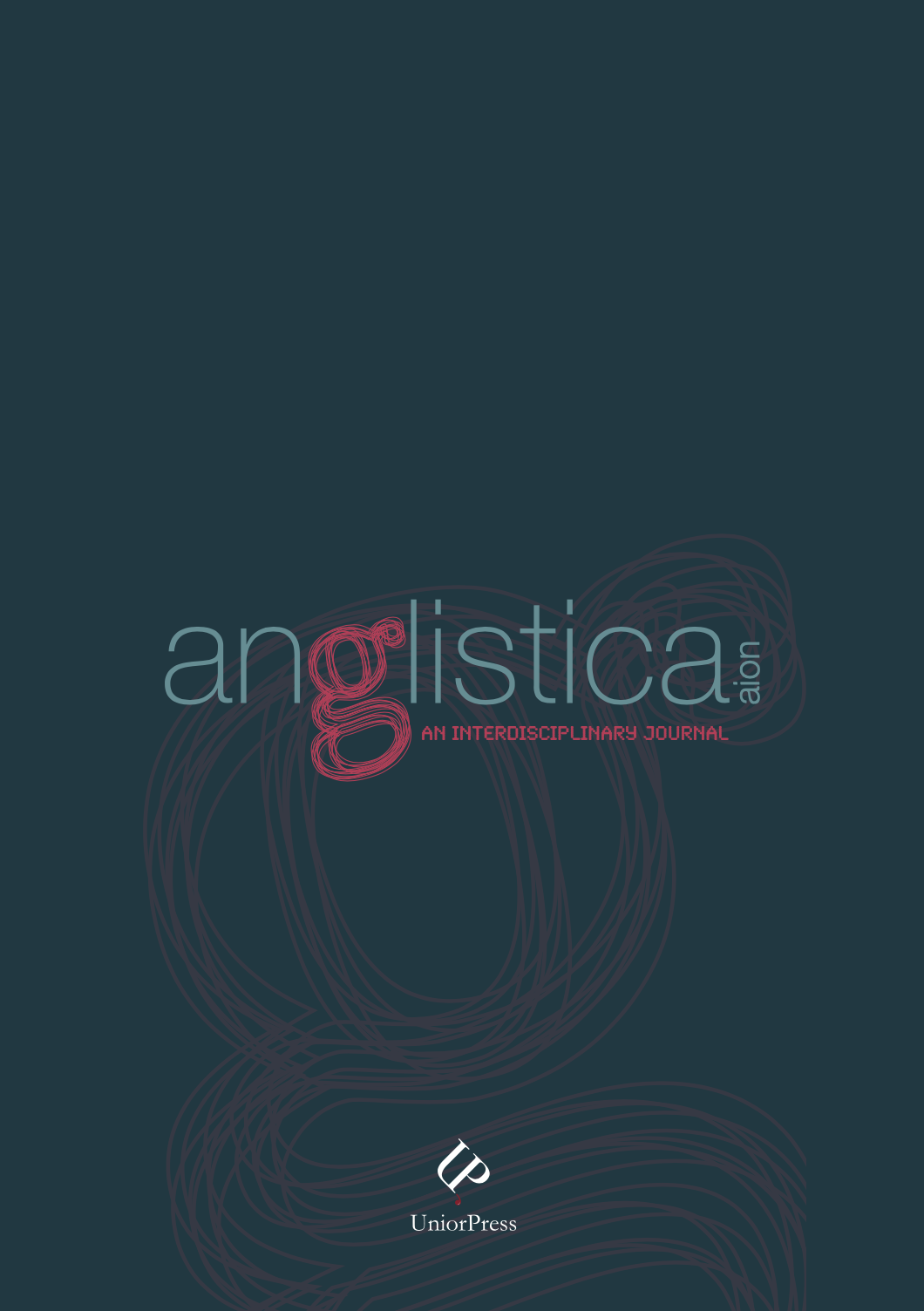Putting War and Trauma in Order
Patterns of Mess in War and Post-War Literature
Abstract
War and trauma – be it related to war itself, or to other problematical issues such as collective or individual precariousness, struggle for gender and/or national identity, discovery of personal or historical truths – are often sublimated in literature by objective correlatives and structural features that simultaneously create an identity and enhance the idealization related to it. Of particular interest are those works in which characters build their identities through an accumulation of both material and immaterial objects, which can be either utterly messy or compulsively ordered, in both structure and content.
In Victorian and Edwardian England, Uranian poets and writers (John Gambril Nicholson, John Addington Symonds, William Johnson Cory, Lord Alfred Douglas, Montague Summers, Frederick Rolfe, Charles Kains Jackson, E. E. Bradford, John Moray Stuart-Young, among many others) based the essence of their works on apparently ordered classical forms and paradigms to represent complex questions of sexuality and social restraint. They often referred to World War I and to trauma as well, especially when personally experienced, as in the case of Edmund John and other canonical authors (see Wilfred Owen and Siegfried Sassoon), who were driven to write poetry to overcome shell shock. As Paul Fussell recognized, Uranian poetry formed the basis of World War I war poetry in terms of imagery, which drew on Greek myths and ideas to give structure to otherwise intolerable conflicts and emotions.
Responding to the virtuosistic experimentation of Modernism and Postmodernism and the new realism of some post-war fiction, some novelists of the late twentieth century either adopted similar tendencies to create order out of a chaotic reality or subverted formal order completely. The latter seems to be the case with Jonathan Safran Foer’s novel Everything Is Illuminated (2002), in which the precariousness of both the WWII and the post- 9/11 world is spasmodically controlled by the characters’ ambiguously ‘rigid’ search through history and by a formal coherence, in overlapping narratives and simultaneous, conflictual times and spaces, that intertwine lives in a mess of form and content.
This article aims to analyse these modulations of classical order and Uranian and/or post- war mess. Both such order and mess are arguably outcomes of disordered consciences and of attempts at using objects and myths to shape a suspect, often hostile, reality. This reading will tease out similar patterns in the representation of ‘messiness’ in contemporary British and American literature dealing with ‘minoritarian subjects’.


